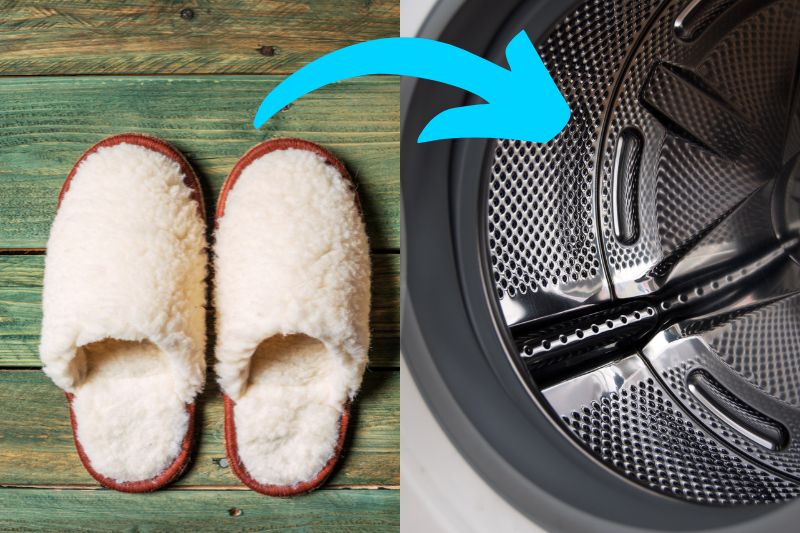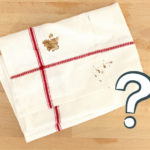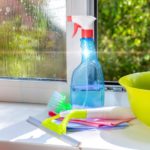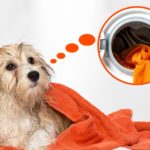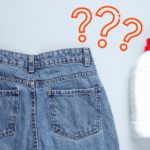Slippers are great for keeping our feet warm at home and for shuffling out to the bins, but they can start to get a bit manky after a while.
They’re also unlike normal shoes in that they often don’t wear down the same, can have fluffy linings, and we generally wear them barefoot.
All this equates to them needing a wash. But what’s the best way to do this? Well, in this article, we’ll look at how to wash slippers, so read on to find out.
Why Should You Clean Your Slippers?
Most of us use our slippers every day, potentially for longer than our outdoor shoes. Plus, they can be worn indoors or outdoors, and so can pick up a lot of dirt.
When combined with the fact that the fluffy lining can collect sweat and grime, they often harbour a lot of bacteria.
Depending on how often you wear them and what you do in them, you should think about washing your slippers every few weeks.
This is much easier if they’re fabric, but then leather slippers typically won’t pick up as much grime.
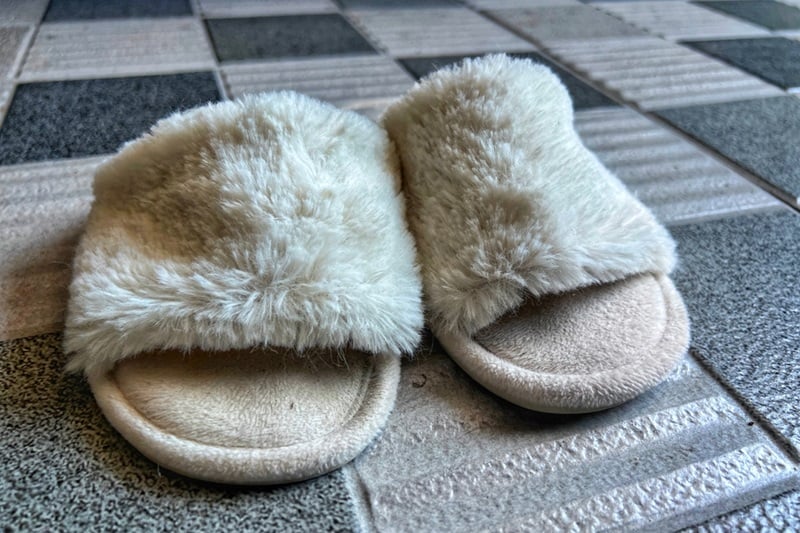
What Materials Are You Working With?
Before getting into cleaning options, first take a look at your slippers to figure out what materials you’re working with.
The soles are almost always made of some kind of rubber, which can be machine washable on the right setting.
But the upper and the lining are the more important materials when it comes to washing. For example, if your slippers are made from leather or suede, you can’t necessarily wash them in the traditional way.
Most slippers should have a material label inside. Ideally, it’ll tell you whether they’re machine washable.
If not, assume that most synthetic materials and cotton are machine washable, but anything that resembles wool, leather, suede or caulk won’t be.
Of course, if you’re in doubt, keep them away from the washing machine to be on the safe side.
How to Wash Slippers
We therefore have three options for washing slippers: in the machine, by hand, or with leather products. Let’s go through these options, starting with machine washing.
Washing slippers in the washing machine
You can usually wash fluffy slippers in the washing machine because they’ll most likely be polyester. A 30- or 40-degree wash on a gentle cycle with a mild laundry detergent will be fine.
For added protection, you could put each slipper inside a pillow case before you put them in the washing machine.
Unlike normal shoes, slippers shouldn’t damage your machine’s drum during the spin cycle, but you can never be too careful. Alternatively, set the spin speed fairly low (800 RPM) and air dry.
Speaking of drying, you should be fine to put them on a radiator. Avoid using a tumble dryer, as this could damage the rubber soles. You could also hang them outside in the sun if the weather is nice enough.
Washing slippers by hand
Washing slippers by hand is the best option if you’re sure you don’t have leather or suede but otherwise don’t know what materials are in your slippers. This is also the best option for wool, as it reduces the risk of damage.
The steps are as follows:
- Fill a washing up bowl or sink with tepid water. It should ideally be around body temperature or slightly lower. Add a few drops of mild laundry detergent.
- Submerge your slippers in the water and leave them to soak for 10 minutes or so.
- Rub any noticeable marks with a damp cloth before cleaning the inside and soles.
- Get rid of the water and replace it with clean water. Rinse each slipper.
- Push out as much water as possible without wringing them – this could cause them to lose their shape.
- If they’re still very wet, stuff the insides with balls of newspaper and put somewhere well-ventilated to dry.
If your slippers are delicate enough to need hand washing, you should avoid drying them using direct heat. You could put them near a radiator to dry, but keep them off the radiator itself. Again, avoid a tumble dryer.
Wool slippers probably shouldn’t be soaked, but this depends on the composition of the wool.
For example, felt is common for slippers and is fairly shrink-resistant, meaning you can soak them in warm water.
Normal wool, however, could become damaged with excess exposure to water, so you might just want to spot clean them with a damp cloth.
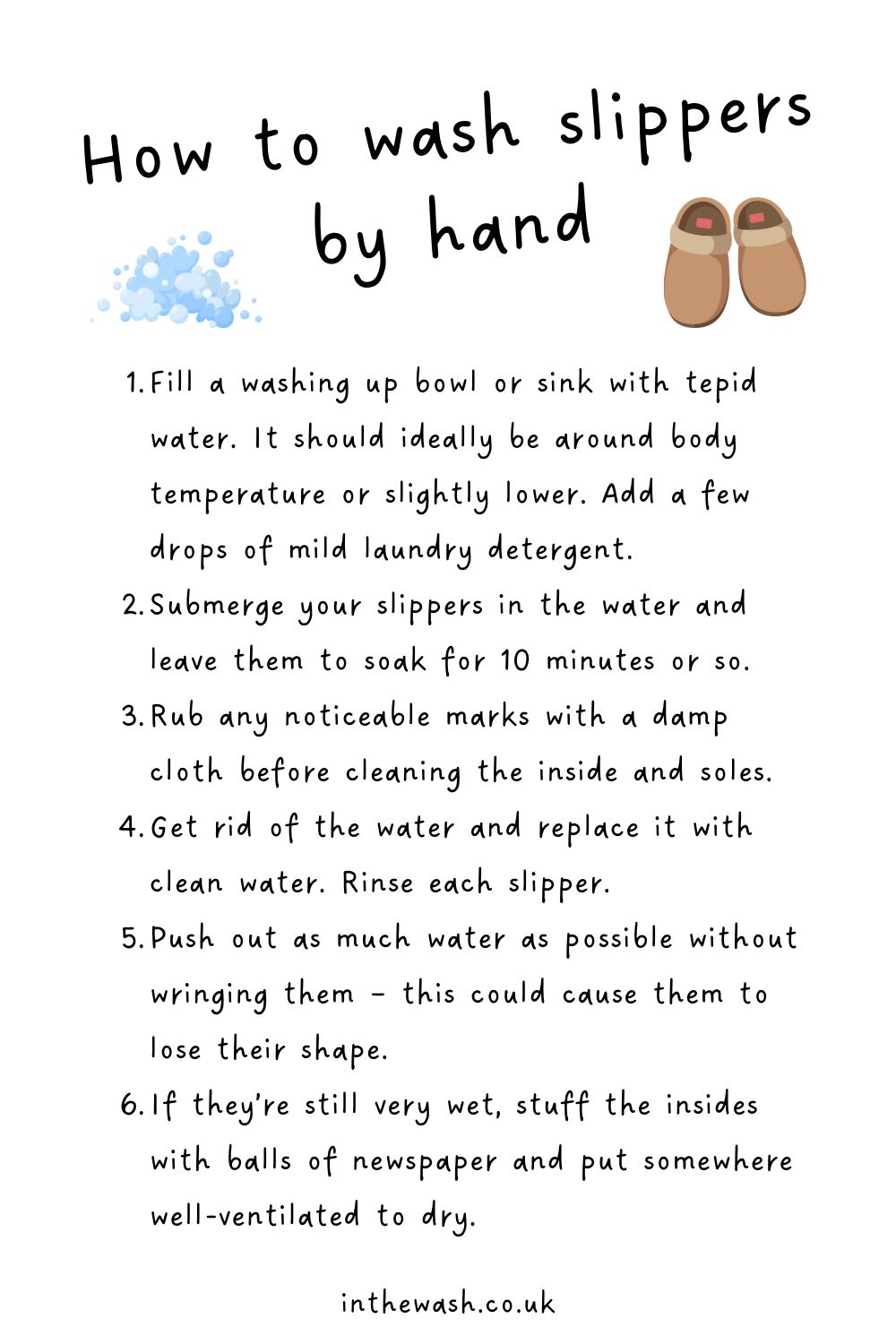
Washing leather and suede slippers
As you might already know, leather and suede should be kept away from water as much as possible.
The biggest issue is stripping natural oils from the materials, which will cause them to dry out and crack. To avoid this, use products designed for the material you’re cleaning.
Leather can be cleaned with any saddle soap, shoe cleaner, or leather sofa product. Simply follow the instructions on the product and make sure you follow it up with a moisturiser to replace any oils you’ve removed.
Suede needs a different cleaner, as the material has a different texture and isn’t as oily as leather. This Furniture Clinic suede cleaner is a good option, but any suede cleaner will do.
It doesn’t need moisturising after cleaning, but brushing the suede will help restore its texture. Avoid getting it too wet (unless the cleaner says otherwise), as this can cause the suede to go crispy and bald.
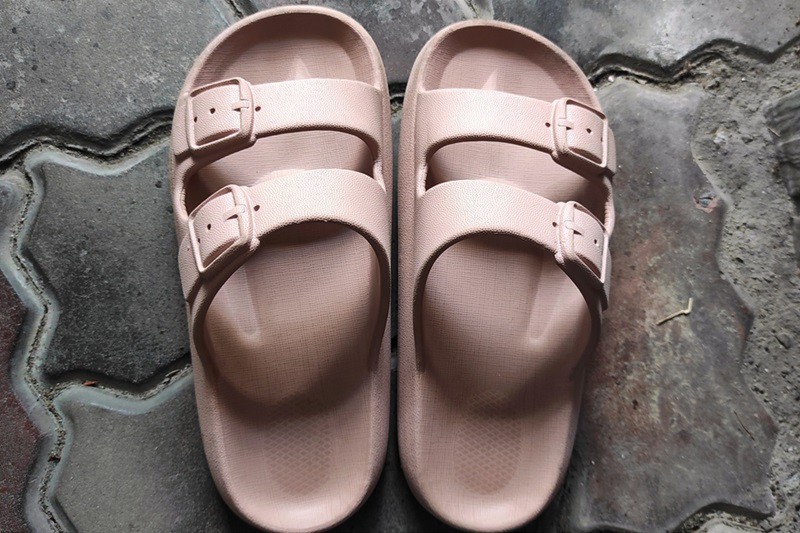
Can’t Wash Your Slippers? Try These Tips
Pretty much all slipper materials can be washed. However, if you don’t want to buy specialist cleaning products or don’t think they can be washed, there are some other options you can try:
Dealing with odours
The best way to deal with smelly slippers is with bicarbonate of soda. Sprinkle a tablespoon into each and leave it for a few hours. Vacuum out the powder and it should have removed any lingering smells.
You could also use a scented spray, but bicarb will neutralise odours rather than masking them. If you can’t wash your slippers, this is the best way to make them smell better.
Cleaning sheepskin
Sheepskin slippers are pretty common winter warmers. You should treat them like suede, as this is what the outside material will be. As for the inside, bicarb will be your best bet for dealing with any odours.
Baby wipes are ideal
If the inside of your slippers is made from caulk or a similar material, baby wipes are ideal for getting them clean. They avoid getting the material too wet while also providing some decent cleaning benefits. You could even use baby wipes on cotton or suede interiors.
Don’t underestimate the power of airing
Airing your slippers out can do wonders for their freshness. Chuck them outside in the sun for a few hours if you can, as this’ll help pull out any lingering odour and moisture.
Ideally, having more than one pair can help you rotate them more easily, but this might be a bit much just to avoid having occasionally smelly slippers.
Final Thoughts
You should now have all the information you need to know how to clean slippers. The most important thing is that you know what materials are used because this’ll affect how you clean them.
However, if you’re unsure or it’s not super obvious, wash by hand or avoid washing them at all. Spot cleaning and odour removal can revitalise a pair of slippers, making them look good as new!

Jacob is a writer based in Wales, where he lives with his partner and two dogs. All his work is fuelled by extensive research and buckets of coffee.
